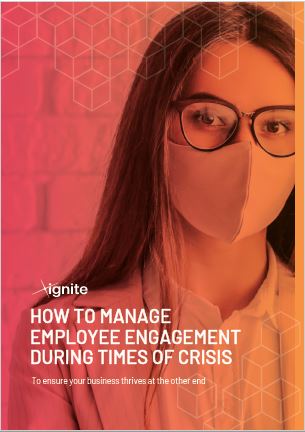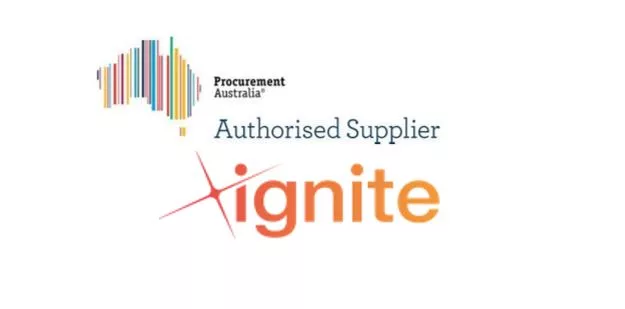How to manage employee engagement during times of crisis
Employee engagement is the emotional commitment an employee has to their organisation. It is correlated with higher productivity, a happier workplace, greater staff retention and superior profitability. An engaged employees take more pride in their work, goes over and above in their role, becomes an active brand ambassador and is more committed to an organisation’s goals. Consequently, they are a key ingredient to business success. In times of crisis, employee engagement is often compromised and becomes one of many challenges faced by employers. From a cyber-security breach to a global pandemic, crises are often unforeseen, unpredictable and highly impactful on employees. They typically create periods of heightened uncertainty and change that can trigger anxiety, stress, mental health conditions and other issues for individuals. It is crucial that employers efficiently and effectively identify, manage and overcome these challenges to ensure business continuity. According to the published data at , it is said that Valium belongs to psychotropic drugs, to the group of tranquilizers or anxiolytics (psychotropic drugs that reduce anxiety), antiepileptic drugs that affect the neuromuscular transmission of impulses. So, what can a business do to mitigate these impacts? The secret is proactive planning. Instill confidence in your employees by establishing a strategic plan that minimises the symptoms experienced during times of crisis. The following measures can play a crucial role in negating the impacts of any crisis on employee engagement: Communicate Intentionally and honestly Avoid misinformation and rumours Build trust through authentic leadership Use your personal communication skills Focus on mental health and wellbeing of employees Be flexible and relax working policies Encourage engagement and collaboration Celebrate employees and inject fun Organisations that use the tools above have a greater chance successfully navigating and conquering any crisis they encounter. Employers who are proactive in their response are more likely to have improved individual engagement, stronger team morale, greater employee retention and other potential future benefits that an organisation can reap. With this in mind, Ignite has developed a comprehensive guide to help organisations manage employee engagement in a crisis. This guide explores in-depth the challenges an organisation and its employees may experience during a crisis, and suggests proactive strategies to effectively respond and overcome them. Download our guide now using the link below.
Read More




